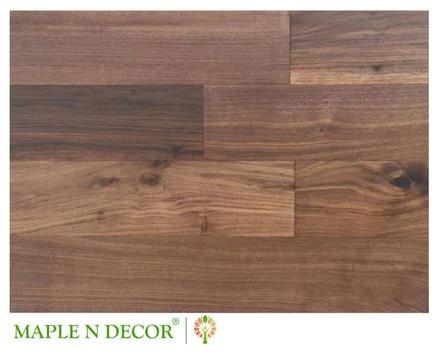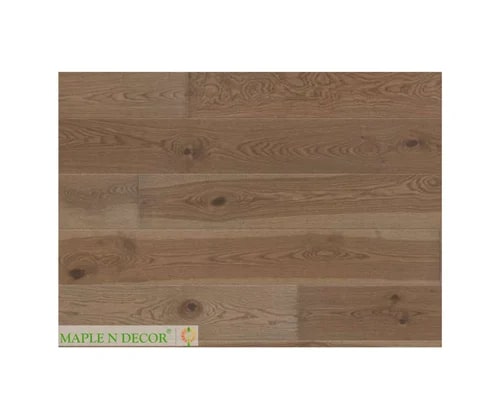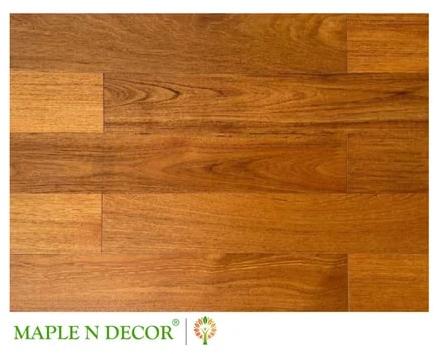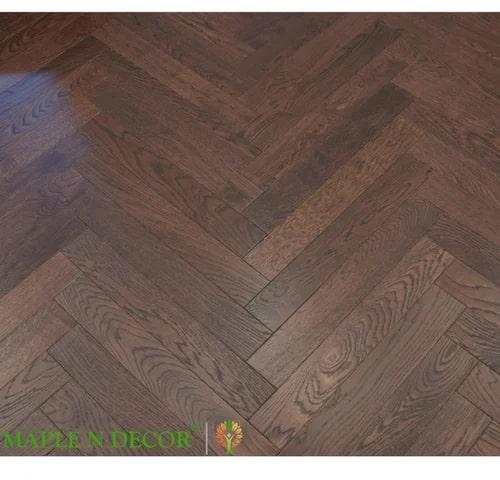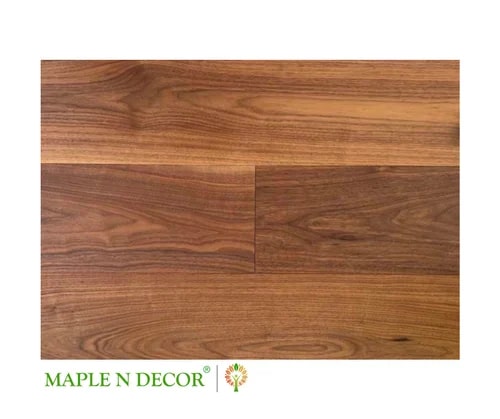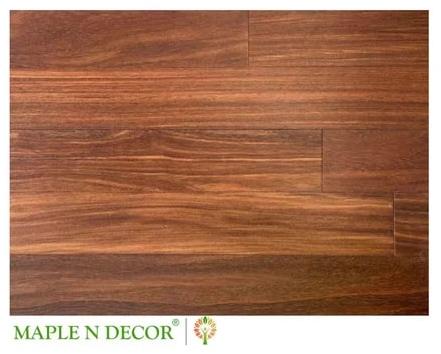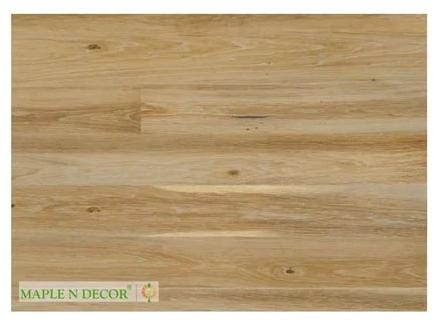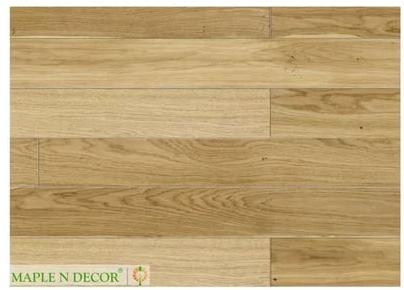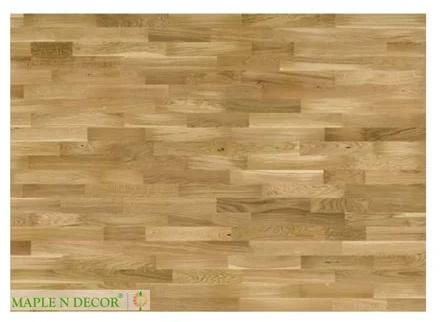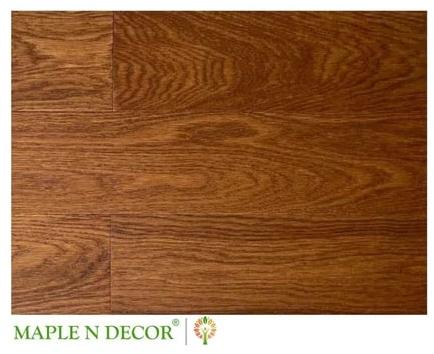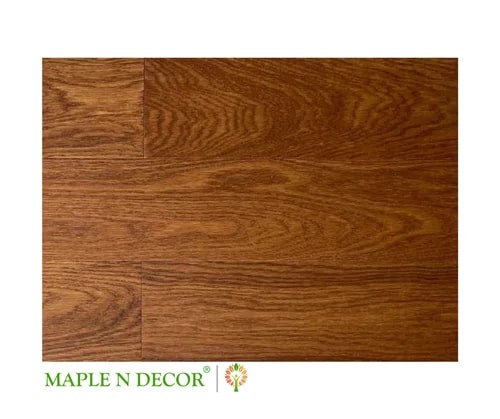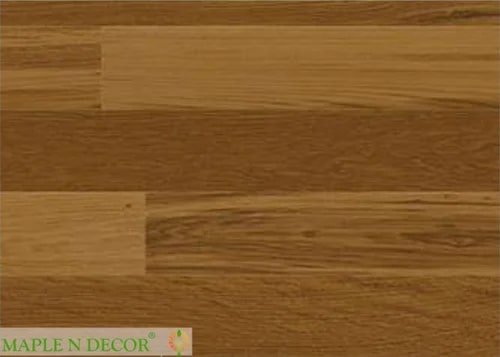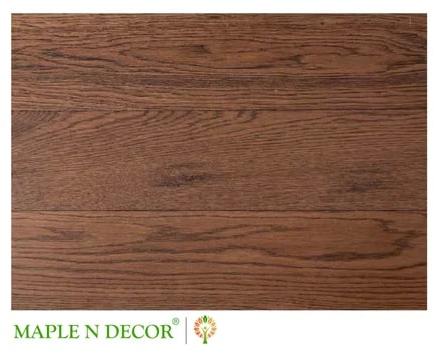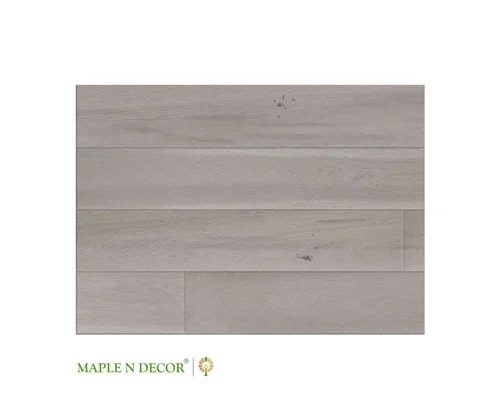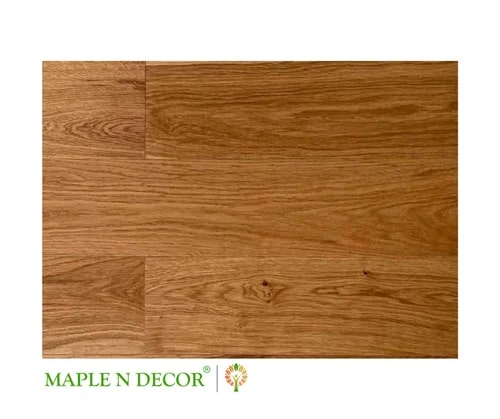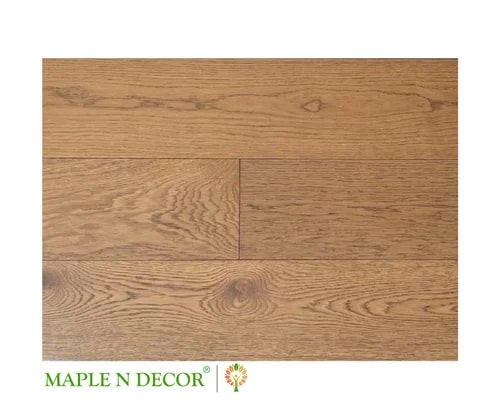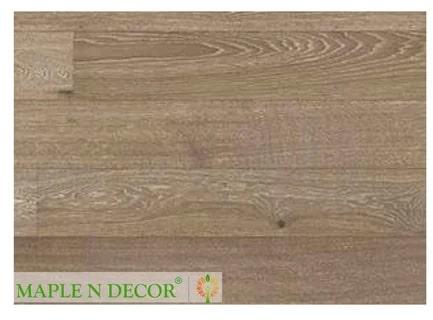Lado Sarai, Delhi
- GST NO. : 07DOMPS2085J1ZB
View Mobile Number
Engineered Wooden Floorings
Leading Manufacturers, Wholesaler, Retailer, Trader and Distributor of American Walnut Engineered Wooden Floorings, Ash Hazelnut Engineered Wooden Floorings, Burma Teak Engineered Wooden Floorings, Herringbone Engineered Wooden Floorings, Indoor Engineered Wooden Floorings, Kaya Kuku Engineered Wooden Floorings, Oak Almond Engineered Wooden Floorings, Oak Askania Engineered Wooden Floorings, Oak Askania Molti Engineered Wooden Floorings, Oak Brown Engineered Wooden Floorings, Oak Brown Sugar Engineered Wooden Floorings, Oak Chestnut Engineered Wooden Floorings, Oak Dark Brown Engineered Wooden Floorings, Oak Grande Engineered Wooden Floorings, Oak Honey Molti Engineered Wooden Floorings, Oak Natural Engineered Wooden Floorings, Oak Nutmeg Engineered Wooden Floorings and Oak Tratufo Engineered Wooden Floorings from Delhi.
| Business Type | Manufacturer, Supplier |
| Material | Engineered Wood |
| Finishing | Polished |
| Color | Brown |
| Application | Floor Use |
| Size | Standard |
| Pattern | Plain |
| Thickness | 14 mm |
| Country of Origin | India |
Advantages:
- Stability: Engineered wood flooring is less prone to warping and cupping than solid hardwood, making it a suitable option for areas with fluctuating humidity levels.
- Installation Options: Engineered wood can often be installed as a floating floor, glued down, or nailed down, providing flexibility in installation methods.
- Moisture Resistance: Engineered wood is more resistant to moisture than solid hardwood due to its layered construction. However, it is not suitable for extremely wet environments.
- Wide Variety of Styles: Just like solid hardwood, engineered wood flooring comes in various species, finishes, and styles, providing a wide range of design options.
- Compatibility with Radiant Heating: Engineered wood flooring is generally compatible with radiant heating systems, providing warmth and comfort.
Considerations:
- Thickness of Wear Layer: A thicker wear layer allows for more refinishing in the future. Thicker wear layers are typically found in higher-end engineered wood flooring.
- Quality: Higher-quality engineered wood floors tend to have better construction and materials. Consider factors such as the type of wood used for the wear layer and the overall build quality.
- Environment Suitability: While engineered wood is more resistant to moisture than solid hardwood, it is not recommended for use in extremely wet environments like bathrooms.
- Cost: While generally less expensive than solid hardwood, the cost of engineered wood flooring can vary based on factors such as the thickness of the wear layer and the quality of construction.
| Business Type | Manufacturer, Supplier, Retailer, Trader, Distributor, Importer |
| Material | Engineered Wood |
| Finishing | Polished |
| Color | Brown |
| Application | Floor Use |
| Size | Standard |
| Pattern | Plain |
| Thickness | 15 Mm |
| Country of Origin | India |
Advantages :
- Stability: Engineered wood flooring is less prone to warping and cupping than solid hardwood, making it a suitable option for areas with fluctuating humidity levels.
- Installation Options: Engineered wood can often be installed as a floating floor, glued down, or nailed down, providing flexibility in installation methods.
- Moisture Resistance: Engineered wood is more resistant to moisture than solid hardwood due to its layered construction. However, it is not suitable for extremely wet environments.
- Wide Variety of Styles: Just like solid hardwood, engineered wood flooring comes in various species, finishes, and styles, providing a wide range of design options.
- Compatibility with Radiant Heating: Engineered wood flooring is generally compatible with radiant heating systems, providing warmth and comfort.
Considerations:
- Thickness of Wear Layer: A thicker wear layer allows for more refinishing in the future. Thicker wear layers are typically found in higher-end engineered wood flooring.
- Quality: Higher-quality engineered wood floors tend to have better construction and materials. Consider factors such as the type of wood used for the wear layer and the overall build quality.
- Environment Suitability: While engineered wood is more resistant to moisture than solid hardwood, it is not recommended for use in extremely wet environments like bathrooms.
- Cost: While generally less expensive than solid hardwood, the cost of engineered wood flooring can vary based on factors such as the thickness of the wear layer and the quality of construction.
| Business Type | Manufacturer, Supplier |
| Material | Engineered Wood |
| Finishing | Polished |
| Color | Brown |
| Application | Floor Use |
| Size | Standard |
| Pattern | Plain |
| Thickness | 15 mm |
| Country of Origin | India |
Advantages:
- Stability: Engineered wood flooring is less prone to warping and cupping than solid hardwood, making it a suitable option for areas with fluctuating humidity levels.
- Installation Options: Engineered wood can often be installed as a floating floor, glued down, or nailed down, providing flexibility in installation methods.
- Moisture Resistance: Engineered wood is more resistant to moisture than solid hardwood due to its layered construction. However, it is not suitable for extremely wet environments.
- Wide Variety of Styles: Just like solid hardwood, engineered wood flooring comes in various species, finishes, and styles, providing a wide range of design options.
- Compatibility with Radiant Heating: Engineered wood flooring is generally compatible with radiant heating systems, providing warmth and comfort.
Considerations:
- Thickness of Wear Layer: A thicker wear layer allows for more refinishing in the future. Thicker wear layers are typically found in higher-end engineered wood flooring.
- Quality: Higher-quality engineered wood floors tend to have better construction and materials. Consider factors such as the type of wood used for the wear layer and the overall build quality.
- Environment Suitability: While engineered wood is more resistant to moisture than solid hardwood, it is not recommended for use in extremely wet environments like bathrooms.
- Cost: While generally less expensive than solid hardwood, the cost of engineered wood flooring can vary based on factors such as the thickness of the wear layer and the quality of construction.
| Business Type | Manufacturer, Supplier |
| Material | Engineered Wood |
| Finishing | Polished |
| Color | Brown |
| Application | Floor Use |
| Size | Standard |
| Pattern | Plain |
| Thickness | 20 mm |
| Country of Origin | India |
| Business Type | Manufacturer, Supplier |
| Material | Engineered Wood |
| Finishing | Polished |
| Color | Brown |
| Application | Floor Use |
| Size | Standard |
| Thickness | 14 Mm |
| Country of Origin | India |
Advantages:
- Stability: Engineered wood flooring is less prone to warping and cupping than solid hardwood, making it a suitable option for areas with fluctuating humidity levels.
- Installation Options: Engineered wood can often be installed as a floating floor, glued down, or nailed down, providing flexibility in installation methods.
- Moisture Resistance: Engineered wood is more resistant to moisture than solid hardwood due to its layered construction. However, it is not suitable for extremely wet environments.
- Wide Variety of Styles: Just like solid hardwood, engineered wood flooring comes in various species, finishes, and styles, providing a wide range of design options.
- Compatibility with Radiant Heating: Engineered wood flooring is generally compatible with radiant heating systems, providing warmth and comfort.
Considerations:
- Thickness of Wear Layer: A thicker wear layer allows for more refinishing in the future. Thicker wear layers are typically found in higher-end engineered wood flooring.
- Quality: Higher-quality engineered wood floors tend to have better construction and materials. Consider factors such as the type of wood used for the wear layer and the overall build quality.
- Environment Suitability: While engineered wood is more resistant to moisture than solid hardwood, it is not recommended for use in extremely wet environments like bathrooms.
- Cost: While generally less expensive than solid hardwood, the cost of engineered wood flooring can vary based on factors such as the thickness of the wear layer and the quality of construction.
| Business Type | Manufacturer, Supplier |
| Material | Engineered Wood |
| Shape | Rectangular |
| Color | Brown |
| Application | Flooring |
| Country of Origin | India |
| Thickness | 14 mm |
Advantages:
- Stability: Engineered wood flooring is less prone to warping and cupping than solid hardwood, making it a suitable option for areas with fluctuating humidity levels.
- Installation Options: Engineered wood can often be installed as a floating floor, glued down, or nailed down, providing flexibility in installation methods.
- Moisture Resistance: Engineered wood is more resistant to moisture than solid hardwood due to its layered construction. However, it is not suitable for extremely wet environments.
- Wide Variety of Styles: Just like solid hardwood, engineered wood flooring comes in various species, finishes, and styles, providing a wide range of design options.
- Compatibility with Radiant Heating: Engineered wood flooring is generally compatible with radiant heating systems, providing warmth and comfort.
Considerations:
- Thickness of Wear Layer: A thicker wear layer allows for more refinishing in the future. Thicker wear layers are typically found in higher-end engineered wood flooring.
- Quality: Higher-quality engineered wood floors tend to have better construction and materials. Consider factors such as the type of wood used for the wear layer and the overall build quality.
- Environment Suitability: While engineered wood is more resistant to moisture than solid hardwood, it is not recommended for use in extremely wet environments like bathrooms.
- Cost: While generally less expensive than solid hardwood, the cost of engineered wood flooring can vary based on factors such as the thickness of the wear layer and the quality of construction.
| Business Type | Manufacturer, Supplier, Retailer, Trader, Distributor, Importer |
| Country of Origin | India |
| Thickness | 15 Mm |
| Pattern | Plain |
| Size | 14MM X 130MM X 1092MM |
| Application | Floor Use |
| Color | Light Brown |
| Finishing | Polished |
| Material | Wood |
Advantages:
- Stability: Engineered wood flooring is less prone to warping and cupping than solid hardwood, making it a suitable option for areas with fluctuating humidity levels.
- Installation Options: Engineered wood can often be installed as a floating floor, glued down, or nailed down, providing flexibility in installation methods.
- Moisture Resistance: Engineered wood is more resistant to moisture than solid hardwood due to its layered construction. However, it is not suitable for extremely wet environments.
- Wide Variety of Styles: Just like solid hardwood, engineered wood flooring comes in various species, finishes, and styles, providing a wide range of design options.
- Compatibility with Radiant Heating: Engineered wood flooring is generally compatible with radiant heating systems, providing warmth and comfort.
Considerations:
- Thickness of Wear Layer: A thicker wear layer allows for more refinishing in the future. Thicker wear layers are typically found in higher-end engineered wood flooring.
- Quality: Higher-quality engineered wood floors tend to have better construction and materials. Consider factors such as the type of wood used for the wear layer and the overall build quality.
- Environment Suitability: While engineered wood is more resistant to moisture than solid hardwood, it is not recommended for use in extremely wet environments like bathrooms.
- Cost: While generally less expensive than solid hardwood, the cost of engineered wood flooring can vary based on factors such as the thickness of the wear layer and the quality of construction.
Here’s a detailed and SEO-optimized description for Barlinek Engineered Wood Flooring, ideal for product listings, catalogs, web content, or social media:
🌲 Barlinek Engineered Wood FlooringPremium European Craftsmanship by Maple N Decor
Bring timeless elegance and natural warmth into your spaces with Barlinek Engineered Wood Flooring, a world-renowned European flooring solution. Crafted using real hardwood veneer layered over high-stability plywood, Barlinek floors combine beauty, performance, and eco-conscious construction.
Available in a wide range of wood species (Oak, Ash, Walnut, Maple), surface textures, and finishes, this flooring is engineered for both modern and classic interiors—perfect for homes, offices, showrooms, and luxury projects.
✅ Key Features-
Multi-layer construction ensures dimensional stability and long life
-
Top layer: 100% genuine hardwood (2.5–6mm thick)
-
Core: Cross-grain birch or spruce plywood
-
Compatible with underfloor heating systems
-
Pre-finished with high-durability UV lacquer or natural oils
-
Wide selection of plank sizes, colors, and textures
-
Sustainably sourced wood – FSC® certified
-
Easy installation: Click System or Tongue & Groove
-
Made in Europe by Barlinek – one of the world’s leading wood flooring brands
Luxury apartments, villas, hospitality spaces, modern offices, and anywhere a balance of natural aesthetics and technical excellence is needed.
| Business Type | Manufacturer, Supplier, Retailer, Trader, Distributor, Importer |
| Country of Origin | India |
| Thickness | 15 Mm |
| Pattern | Plain |
| Size | Standard |
| Application | Floor Use |
| Color | Light Brown |
| Finishing | Polished |
| Material | OAK Wood, Engineered Wood |
| Delivery Time | 8-10 Days |
Advantages:
- Stability: Engineered wood flooring is less prone to warping and cupping than solid hardwood, making it a suitable option for areas with fluctuating humidity levels.
- Installation Options: Engineered wood can often be installed as a floating floor, glued down, or nailed down, providing flexibility in installation methods.
- Moisture Resistance: Engineered wood is more resistant to moisture than solid hardwood due to its layered construction. However, it is not suitable for extremely wet environments.
- Wide Variety of Styles: Just like solid hardwood, engineered wood flooring comes in various species, finishes, and styles, providing a wide range of design options.
- Compatibility with Radiant Heating: Engineered wood flooring is generally compatible with radiant heating systems, providing warmth and comfort.
Considerations:
- Thickness of Wear Layer: A thicker wear layer allows for more refinishing in the future. Thicker wear layers are typically found in higher-end engineered wood flooring.
- Quality: Higher-quality engineered wood floors tend to have better construction and materials. Consider factors such as the type of wood used for the wear layer and the overall build quality.
- Environment Suitability: While engineered wood is more resistant to moisture than solid hardwood, it is not recommended for use in extremely wet environments like bathrooms.
- Cost: While generally less expensive than solid hardwood, the cost of engineered wood flooring can vary based on factors such as the thickness of the wear layer and the quality of construction.
| Business Type | Manufacturer, Supplier |
| Material | Engineered Wood |
| Finishing | Polished |
| Color | Light Brown |
| Application | Floor Use |
| Size | Standard |
| Pattern | Plain |
| Thickness | 15 mm |
| Country of Origin | India |
ADVANTAGES :
- 100% wood
- Possible to lay over underfloor heating
- Solid construction
- Fast and easy DIY installation
- A product ready for use immediately after installation
- Possible to renovate
| Business Type | Manufacturer, Supplier |
| Material | Engineered Wood |
| Finishing | Polished |
| Color | Brown |
| Application | Floor Use |
| Size | Standard |
| Pattern | Plain |
| Thickness | 15 mm |
| Country of Origin | India |
Advantages:
- Stability: Engineered wood flooring is less prone to warping and cupping than solid hardwood, making it a suitable option for areas with fluctuating humidity levels.
- Installation Options: Engineered wood can often be installed as a floating floor, glued down, or nailed down, providing flexibility in installation methods.
- Moisture Resistance: Engineered wood is more resistant to moisture than solid hardwood due to its layered construction. However, it is not suitable for extremely wet environments.
- Wide Variety of Styles: Just like solid hardwood, engineered wood flooring comes in various species, finishes, and styles, providing a wide range of design options.
- Compatibility with Radiant Heating: Engineered wood flooring is generally compatible with radiant heating systems, providing warmth and comfort.
Considerations:
- Thickness of Wear Layer: A thicker wear layer allows for more refinishing in the future. Thicker wear layers are typically found in higher-end engineered wood flooring.
- Quality: Higher-quality engineered wood floors tend to have better construction and materials. Consider factors such as the type of wood used for the wear layer and the overall build quality.
- Environment Suitability: While engineered wood is more resistant to moisture than solid hardwood, it is not recommended for use in extremely wet environments like bathrooms.
- Cost: While generally less expensive than solid hardwood, the cost of engineered wood flooring can vary based on factors such as the thickness of the wear layer and the quality of construction.
| Business Type | Manufacturer, Supplier |
| Material | Engineered Wood |
| Finishing | Polished |
| Color | Brown |
| Application | Flooring |
| Size | Standard |
| Feature | Attractive Designs |
| Pattern | Plain |
| Country of Origin | India |
Advantages:
- Stability: Engineered wood flooring is less prone to warping and cupping than solid hardwood, making it a suitable option for areas with fluctuating humidity levels.
- Installation Options: Engineered wood can often be installed as a floating floor, glued down, or nailed down, providing flexibility in installation methods.
- Moisture Resistance: Engineered wood is more resistant to moisture than solid hardwood due to its layered construction. However, it is not suitable for extremely wet environments.
- Wide Variety of Styles: Just like solid hardwood, engineered wood flooring comes in various species, finishes, and styles, providing a wide range of design options.
- Compatibility with Radiant Heating: Engineered wood flooring is generally compatible with radiant heating systems, providing warmth and comfort.
Considerations:
- Thickness of Wear Layer: A thicker wear layer allows for more refinishing in the future. Thicker wear layers are typically found in higher-end engineered wood flooring.
- Quality: Higher-quality engineered wood floors tend to have better construction and materials. Consider factors such as the type of wood used for the wear layer and the overall build quality.
- Environment Suitability: While engineered wood is more resistant to moisture than solid hardwood, it is not recommended for use in extremely wet environments like bathrooms.
- Cost: While generally less expensive than solid hardwood, the cost of engineered wood flooring can vary based on factors such as the thickness of the wear layer and the quality of construction.
| Business Type | Manufacturer, Supplier |
| Material | Engineered Wood |
| Finishing | Polished |
| Color | Brown |
| Application | Floor Use |
| Size | 14MM X 180MM X 2200MM |
| Pattern | Plain |
| Thickness | 15 mm |
| Country of Origin | India |
Advantages:
- Stability: Engineered wood flooring is less prone to warping and cupping than solid hardwood, making it a suitable option for areas with fluctuating humidity levels.
- Installation Options: Engineered wood can often be installed as a floating floor, glued down, or nailed down, providing flexibility in installation methods.
- Moisture Resistance: Engineered wood is more resistant to moisture than solid hardwood due to its layered construction. However, it is not suitable for extremely wet environments.
- Wide Variety of Styles: Just like solid hardwood, engineered wood flooring comes in various species, finishes, and styles, providing a wide range of design options.
- Compatibility with Radiant Heating: Engineered wood flooring is generally compatible with radiant heating systems, providing warmth and comfort.
Considerations:
- Thickness of Wear Layer: A thicker wear layer allows for more refinishing in the future. Thicker wear layers are typically found in higher-end engineered wood flooring.
- Quality: Higher-quality engineered wood floors tend to have better construction and materials. Consider factors such as the type of wood used for the wear layer and the overall build quality.
- Environment Suitability: While engineered wood is more resistant to moisture than solid hardwood, it is not recommended for use in extremely wet environments like bathrooms.
- Cost: While generally less expensive than solid hardwood, the cost of engineered wood flooring can vary based on factors such as the thickness of the wear layer and the quality of construction.
| Business Type | Manufacturer, Supplier |
| Material | Wood |
| Finishing | Polished |
| Color | Brown |
| Application | Floor Use |
| Size | 14 X 150 X 1900(MM) |
| Pattern | Plain |
| Thickness | 15 mm |
| Country of Origin | India |
Advantages:
- Stability: Engineered wood flooring is less prone to warping and cupping than solid hardwood, making it a suitable option for areas with fluctuating humidity levels.
- Installation Options: Engineered wood can often be installed as a floating floor, glued down, or nailed down, providing flexibility in installation methods.
- Moisture Resistance: Engineered wood is more resistant to moisture than solid hardwood due to its layered construction. However, it is not suitable for extremely wet environments.
- Wide Variety of Styles: Just like solid hardwood, engineered wood flooring comes in various species, finishes, and styles, providing a wide range of design options.
- Compatibility with Radiant Heating: Engineered wood flooring is generally compatible with radiant heating systems, providing warmth and comfort.
Considerations:
- Thickness of Wear Layer: A thicker wear layer allows for more refinishing in the future. Thicker wear layers are typically found in higher-end engineered wood flooring.
- Quality: Higher-quality engineered wood floors tend to have better construction and materials. Consider factors such as the type of wood used for the wear layer and the overall build quality.
- Environment Suitability: While engineered wood is more resistant to moisture than solid hardwood, it is not recommended for use in extremely wet environments like bathrooms.
- Cost: While generally less expensive than solid hardwood, the cost of engineered wood flooring can vary based on factors such as the thickness of the wear layer and the quality of construction.
| Business Type | Manufacturer, Supplier |
| Material | Engineered Wood |
| Finishing | Polished |
| Color | Grey |
| Application | Floor Use |
| Size | Standard |
| Pattern | Plain |
| Thickness | 15 Mm |
| Country of Origin | India |
Advantages:
- Stability: Engineered wood flooring is less prone to warping and cupping than solid hardwood, making it a suitable option for areas with fluctuating humidity levels.
- Installation Options: Engineered wood can often be installed as a floating floor, glued down, or nailed down, providing flexibility in installation methods.
- Moisture Resistance: Engineered wood is more resistant to moisture than solid hardwood due to its layered construction. However, it is not suitable for extremely wet environments.
- Wide Variety of Styles: Just like solid hardwood, engineered wood flooring comes in various species, finishes, and styles, providing a wide range of design options.
- Compatibility with Radiant Heating: Engineered wood flooring is generally compatible with radiant heating systems, providing warmth and comfort.
Considerations:
- Thickness of Wear Layer: A thicker wear layer allows for more refinishing in the future. Thicker wear layers are typically found in higher-end engineered wood flooring.
- Quality: Higher-quality engineered wood floors tend to have better construction and materials. Consider factors such as the type of wood used for the wear layer and the overall build quality.
- Environment Suitability: While engineered wood is more resistant to moisture than solid hardwood, it is not recommended for use in extremely wet environments like bathrooms.
- Cost: While generally less expensive than solid hardwood, the cost of engineered wood flooring can vary based on factors such as the thickness of the wear layer and the quality of construction.
| Business Type | Manufacturer, Supplier |
| Material | Engineered Wood |
| Finishing | Matte |
| Color | Brown |
| Application | Floor Use |
| Size | Standard |
| Pattern | Plain |
| Thickness | 15 mm |
| Country of Origin | India |
| Business Type | Manufacturer, Supplier |
| Material | Engineered Wood |
| Finishing | Polished |
| Color | Brown |
| Application | Floor Use |
| Size | Standard |
| Pattern | Plain |
| Thickness | 15 Mm |
| Country of Origin | India |
Advantages:
- Stability: Engineered wood flooring is less prone to warping and cupping than solid hardwood, making it a suitable option for areas with fluctuating humidity levels.
- Installation Options: Engineered wood can often be installed as a floating floor, glued down, or nailed down, providing flexibility in installation methods.
- Moisture Resistance: Engineered wood is more resistant to moisture than solid hardwood due to its layered construction. However, it is not suitable for extremely wet environments.
- Wide Variety of Styles: Just like solid hardwood, engineered wood flooring comes in various species, finishes, and styles, providing a wide range of design options.
- Compatibility with Radiant Heating: Engineered wood flooring is generally compatible with radiant heating systems, providing warmth and comfort.
Considerations:
- Thickness of Wear Layer: A thicker wear layer allows for more refinishing in the future. Thicker wear layers are typically found in higher-end engineered wood flooring.
- Quality: Higher-quality engineered wood floors tend to have better construction and materials. Consider factors such as the type of wood used for the wear layer and the overall build quality.
- Environment Suitability: While engineered wood is more resistant to moisture than solid hardwood, it is not recommended for use in extremely wet environments like bathrooms.
- Cost: While generally less expensive than solid hardwood, the cost of engineered wood flooring can vary based on factors such as the thickness of the wear layer and the quality of construction.
| Business Type | Manufacturer, Supplier |
| Material | Engineered Wood |
| Finishing | Polished |
| Color | Brown |
| Application | Floor Use |
| Size | Standard |
| Pattern | Plain |
| Thickness | 15 Mm |
| Country of Origin | India |
Advantages:
- Stability: Engineered wood flooring is less prone to warping and cupping than solid hardwood, making it a suitable option for areas with fluctuating humidity levels.
- Installation Options: Engineered wood can often be installed as a floating floor, glued down, or nailed down, providing flexibility in installation methods.
- Moisture Resistance: Engineered wood is more resistant to moisture than solid hardwood due to its layered construction. However, it is not suitable for extremely wet environments.
- Wide Variety of Styles: Just like solid hardwood, engineered wood flooring comes in various species, finishes, and styles, providing a wide range of design options.
- Compatibility with Radiant Heating: Engineered wood flooring is generally compatible with radiant heating systems, providing warmth and comfort.
Considerations:
- Thickness of Wear Layer: A thicker wear layer allows for more refinishing in the future. Thicker wear layers are typically found in higher-end engineered wood flooring.
- Quality: Higher-quality engineered wood floors tend to have better construction and materials. Consider factors such as the type of wood used for the wear layer and the overall build quality.
- Environment Suitability: While engineered wood is more resistant to moisture than solid hardwood, it is not recommended for use in extremely wet environments like bathrooms.
- Cost: While generally less expensive than solid hardwood, the cost of engineered wood flooring can vary based on factors such as the thickness of the wear layer and the quality of construction.
| Business Type | Manufacturer, Supplier |
| Material | Wood |
| Finishing | Polished |
| Color | Brown |
| Application | Floor Use |
| Size | Standard |
| Pattern | Plain |
| Thickness | 15 mm |
| Country of Origin | India |
Advantages:
- Stability: Engineered wood flooring is less prone to warping and cupping than solid hardwood, making it a suitable option for areas with fluctuating humidity levels.
- Installation Options: Engineered wood can often be installed as a floating floor, glued down, or nailed down, providing flexibility in installation methods.
- Moisture Resistance: Engineered wood is more resistant to moisture than solid hardwood due to its layered construction. However, it is not suitable for extremely wet environments.
- Wide Variety of Styles: Just like solid hardwood, engineered wood flooring comes in various species, finishes, and styles, providing a wide range of design options.
- Compatibility with Radiant Heating: Engineered wood flooring is generally compatible with radiant heating systems, providing warmth and comfort.
Considerations:
- Thickness of Wear Layer: A thicker wear layer allows for more refinishing in the future. Thicker wear layers are typically found in higher-end engineered wood flooring.
- Quality: Higher-quality engineered wood floors tend to have better construction and materials. Consider factors such as the type of wood used for the wear layer and the overall build quality.
- Environment Suitability: While engineered wood is more resistant to moisture than solid hardwood, it is not recommended for use in extremely wet environments like bathrooms.
- Cost: While generally less expensive than solid hardwood, the cost of engineered wood flooring can vary based on factors such as the thickness of the wear layer and the quality of construction.


